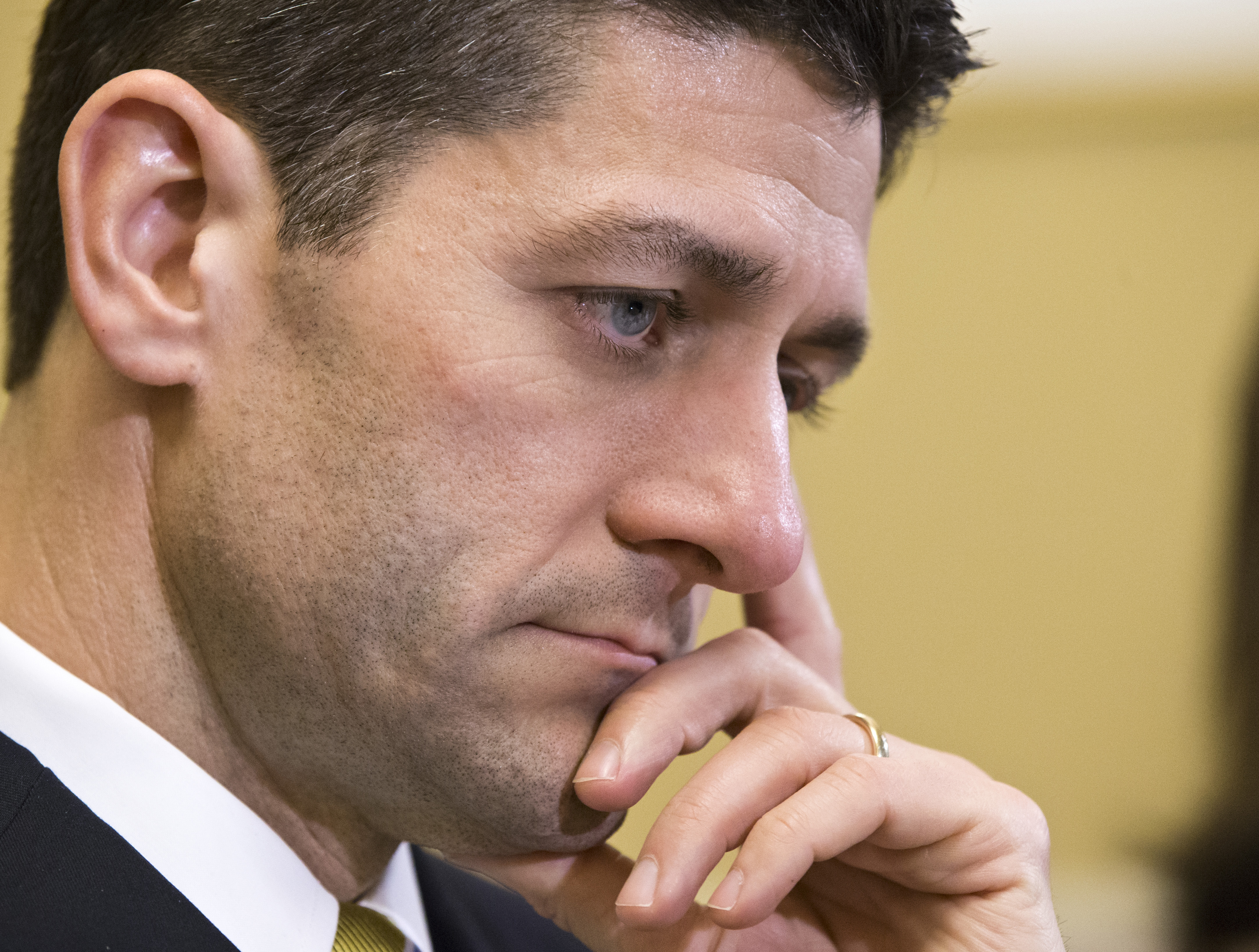House of Representatives Budget Chairman Paul Ryan (R-Wisc.) and Senate Budget Chairwoman Patty Murray (D-Wash.) announced a two-year budget agreement that will effectively kill the sequester budget cuts after only one brief year of its 10-year life span.
Videos by Rare
Thus ends the most effective government-spending control provision that has ever passed Congress. Merry Christmas, Washington, Santa Claus is back.
The sequester law, part of the Budget Control Act of 2011, requires Congress to cut spending by $109 billion a year for the next nine years.
Those cuts are of projected spending that was set to grow every year, so the actual cut would reduce discretionary spending (i.e., not mandatory expenses such as Social Security) from $986 billion in 2013 to $967 billion for 2014.
But the spending discipline was just too great for too many members of Congress. They wanted “sequester relief” and the Ryan-Murray agreement, being dubbed the Bipartisan Budget Act of 2013, gives it to them.
Ryan is quick to say that it is only temporary relief—two years. But that’s like an alcoholic faithfully promising to get back on the wagon after a few binges—just something to calm the nerves.
If the agreement passes there will be no going back. Temporary relief will become permanent relief. Further, in two years when Congress has to negotiate another budget, it will start from this new baseline, it won’t go back to the BCA’s lower baseline. In other words, this new agreement almost certainly locks in higher spending.
Ryan is doing his best to put a positive spin on the deal. He claims he had two goals when entering the negotiations: do not raise taxes and reduce the deficit. He says the agreement achieves both. But it also hikes spending by $63 billion for the current fiscal year.
President Obama called it a “good first step,” by which he means it cranks up the Washington spending machine again—so he’s happy. But Republican Senators Marco Rubio (R-Fla.), Rand Paul (R-Ky.) and Tim Scott (R-S.C.) all raised concerns, as have a number of fiscal conservatives in the House.
Ryan says the agreement saves money by cutting other spending, including paring back government contributions to federal employee pensions, and by reducing the always handy “fraud, waste and abuse” villain that is so often used to claim the budget will balance—but never does. One positive however, is that the deal achieves a very small amount of entitlement reform, increasing the amount that federal workers must contribute to their pensions.
To be fair, Ryan has been a fiscal hawk for years, and he deserves the benefit of the doubt. Plus he refused to extend unemployment benefits for the umpteenth time, which hinders Obama’s redistribution efforts.
But it’s clear that the Republican leadership (understandably) does not want a government shutdown over budget issues again, and so was willing to sacrifice the sequester to get a deal.
Will it pass the House and Senate? Both sides say they were in regular contact with the leadership, which likely means both Senate Majority Leader Harry Reid (D-Nev.) and House Speaker John Boehner (R-Ohio) approve and will bring the budget to the floor for a vote—even though it’s likely that the only way it will pass the House is with significant Democratic support.
For the first time in decades, the sequester actually reduced federal discretionary spending, rather than just slowing the rate of growth. That was a huge achievement and is almost certainly one of the primary reasons why the economy is picking up steam again—in complete contradiction to all of Obama’s gloomy warnings last February and March.
Ryan-Murray begins to roll back that fiscal discipline. If the agreement passes, the sequester is dead; there won’t be any resurrection.



